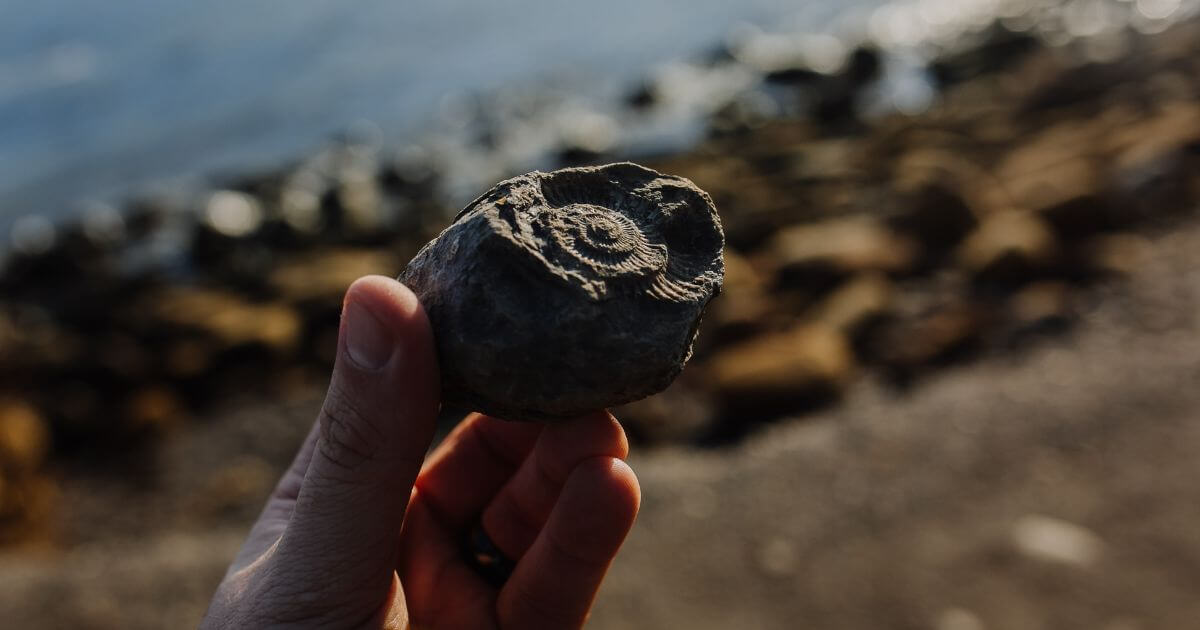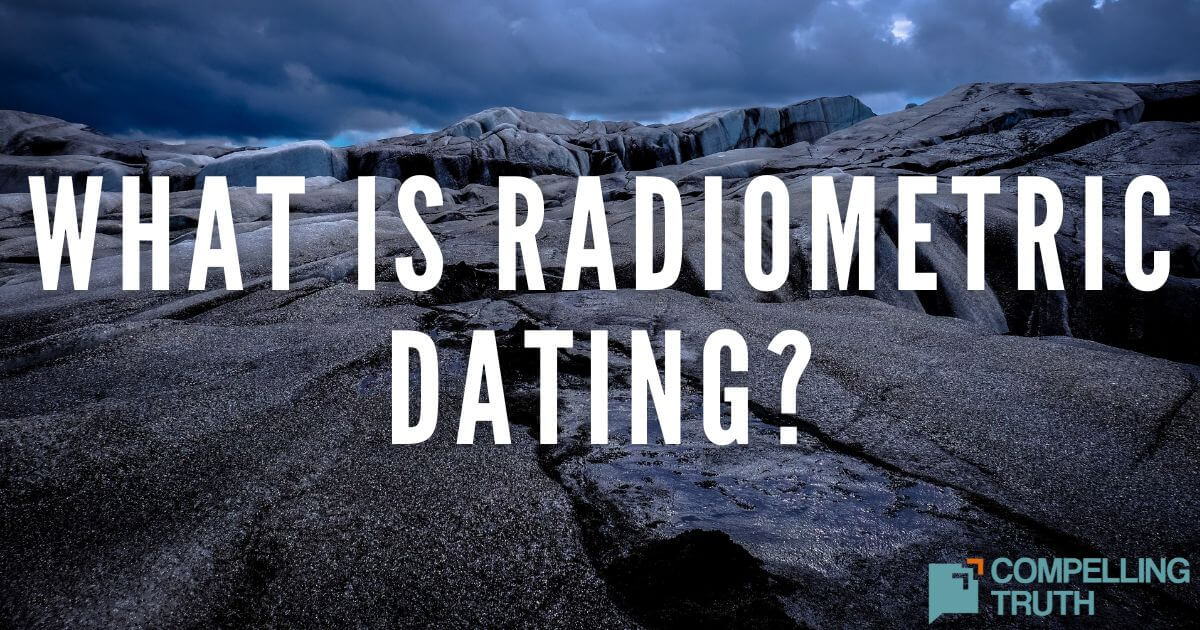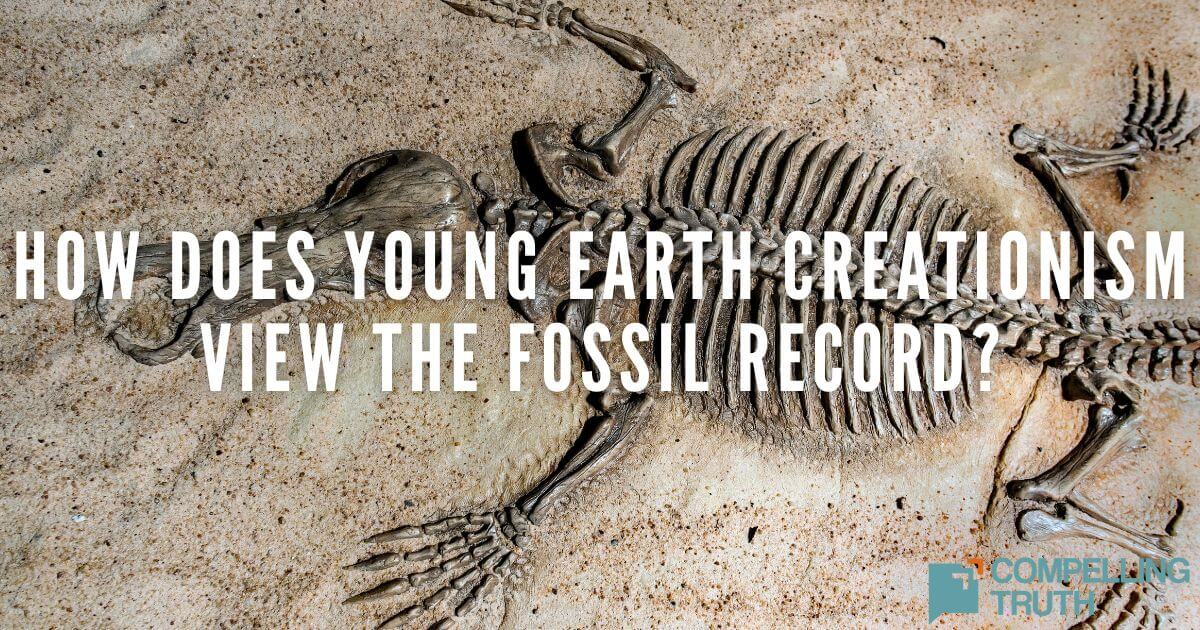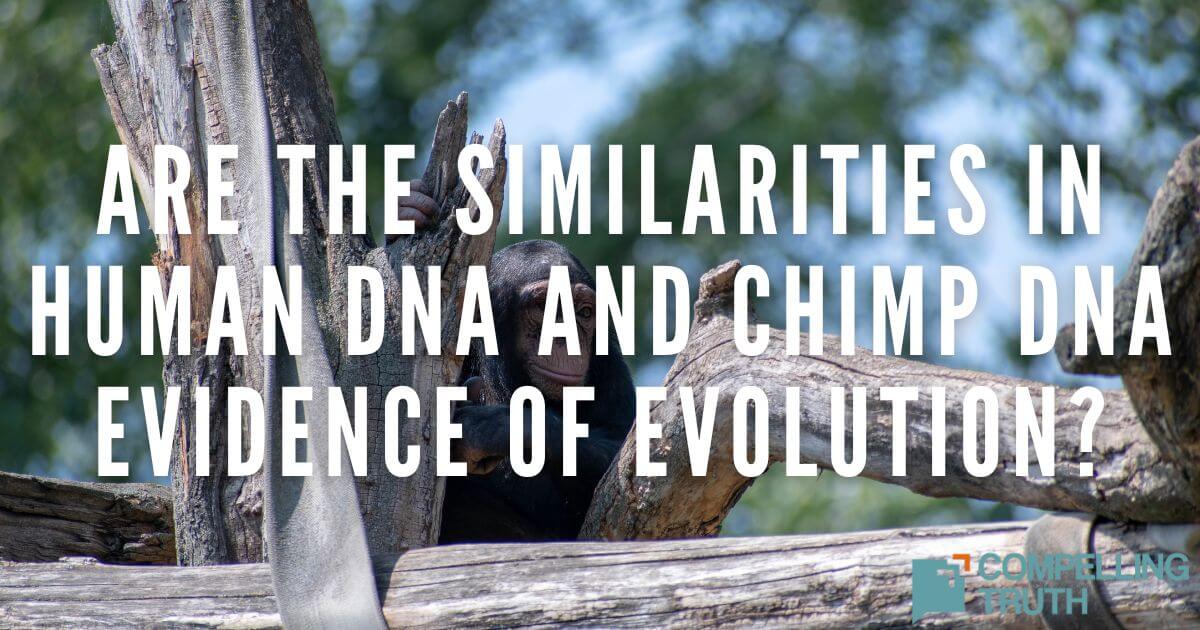David (Psalm 143:5), Moses (Deuteronomy 32:7) and others in the Bible sought to know and worship God by recalling what God had done in the past. Assigning dates to specific events was not a priority for the biblical authors. For example, the Bible focuses on the facts of creation and the exodus, when those events occurred.
Today, however, scientists have several methods to determine the age of things. In particular, radiocarbon dating, also known as carbon-14 dating, is a method used to determine the age of organic materials by measuring the amount of carbon-14, a radioactive isotope of carbon, present in the sample. Carbon dating works only with material that was once alive. Radiocarbon dating, correctly applied, is a reliable dating method for organic materials that might be thousands of years old.
This technique has helped verify the timing of key biblical artifacts, including Hezekiah’s tunnel (2 Kings 20:20). Carbon-14 dating was also used to conclude that the majority of the Dead Sea Scrolls were written before the time of Jesus.
As with any method, the underlying assumptions determine the outcome. A key assumption for radiocarbon dating is the calibration curve, which converts radiocarbon ages into calendar ages. This curve is necessary because the atmospheric ratio of radiocarbon (14C) to stable carbon (12C) has not been constant over time. Calibration curves are developed from various sources, including tree rings, marine sediments, and corals. However, researchers must use a calibration curve that accounts for solar activity and local variability in growth rates. Incorrect calibration curves can throw off carbon-14 dates by decades or even centuries.
Taking into account the local variability in Israel, a precise new dating of archaeological sites in Jerusalem supports some of the key historical events described in the Bible. This chronology of Jerusalem includes the settling of the city between the 12th and 10th centuries B.C., a major earthquake in the mid-eighth century, and its eventual destruction by the Babylonians in 586 B.C. The research combined radiocarbon dating with measurements of atmospheric radiocarbon from tree rings to build the chronology of the ancient city.
In general, radiocarbon dating becomes more difficult, and less accurate, as the sample gets older because it has fewer carbon-14 isotopes. Radiocarbon dating can be applied to most organic materials that are less than about forty thousand years old. When used in conjunction with other methods, carbon dating can reliably determine the age of ancient remains.




